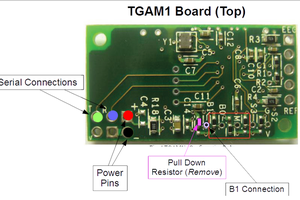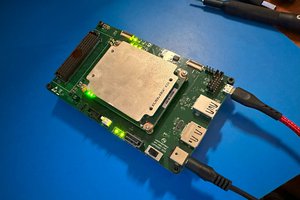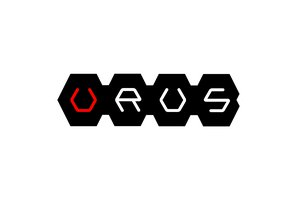The project builds in the Atmel Studio 7 IDE. While the direct cloud publishing feature has been lost, connecting to a local server to publish data is easily accomplished. Included is a great deal of pin fakery, so do not expect full audio and video from the 4808. The goal of this project is to enable a new level of debugging for more established game engines on the Arduboy.
While the system does still require Arduboy games to be under their maximum size, Shadow Runner has been ported along with an entirely new demo that renders STL files on the console.
Specifically, my fork of the demo application for the AVR-IOT board compiles to 23KB program memory, uses 1.3KB dynamic memory, and tracks instructions via an on-board hardware counter. Games under 24KB can run inside the main program loop, enabling custom debug routines over wifi. As a bonus, AVR IOT first games can benefit from an additional 2KB free SRAM available on the debugger while on their way to a full Arduboy release. Stick drive form factor for convenience.
The savings definitely significant. Out of the box the IoT demo uses 2488b of data memory(40.5 % Full) and 39586b of program memory( 80.5 % Full) .
For the Rush demo, I made a continuously updating frames per second chart shown in the gallery using C#.
 Blake W. Ford
Blake W. Ford
 Tom Meehan
Tom Meehan
 Chance Reimer
Chance Reimer
 Hiroshi Takey
Hiroshi Takey
 Kumar, Abhishek
Kumar, Abhishek